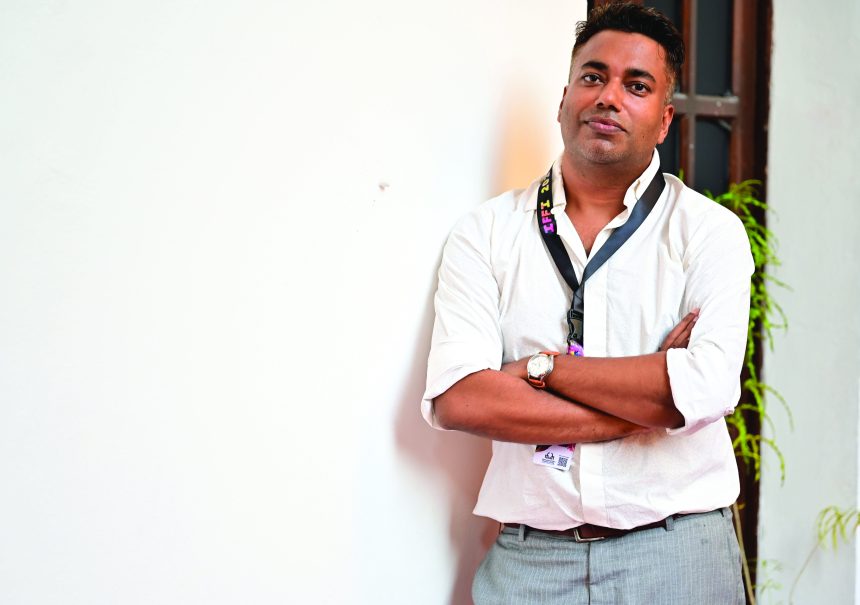VINIKA VISWAMBHARAN | NT BUZZ
At the world premiere of ‘Khoya Paya’ at the ongoing IFFI, debutant director Ashutosh Singh speaks with striking honesty about the emotional and social urgency behind his first feature. The film stars Seema Biswas, Anjali Patil, Chandan Roy Sanyal, bring depth to its portrayal of loss, memory and shifting family dynamics. The project is backed by producer Hemanshu Rai, whose support helped bring Singh’s long-nurtured story to life.
Singh explains that although he has written many stories since childhood, only a few demand to be made into films. ‘Khoya Paya’, he says, is one of those stories whose themes feel painfully relevant today. The rise of nuclear families and the subtle emotional distancing between generations shaped the film’s core. Though Singh himself has not abandoned his parents, who live in Banaras while he works in Mumbai, he reflected on the reduced intimacy. “If my mother needs medicine, I can order it online. But I am not there to apply it. The way we touched and lived together is gone,” he says. That quiet ache inspired the film’s narrative.
Set partly within the sprawling chaos of the Kumbh Mela, ‘Khoya Paya’ posed significant production challenges. Singh opted to recreate the interiors of a Kumbh camp in his native village, Robertsganj, about 120 kilometres from the actual site. The team rebuilt the camp’s textures, sand, colours and lighting to ensure the transition between real Kumbh footage and recreated spaces would appear seamless. “Cinema allows you to control a lot. If you know how to do it, you can match everything,” says Singh. Despite the film’s indie nature and limited budget, the crew worked with a professional setup that included the Alexa camera system, boom microphones and a full production department.
Safety remained a concern during the real Kumbh shoots, but Singh says the team operated responsibly, each member mindful of the unpredictable crowds. The film was shot on a tight schedule with restricted resources, making the team’s discipline and collaboration crucial.
While discussing casting, Singh says that Biswas and Patil perfectly embodied the characters as written. Their instinctive understanding of the roles and their experience allowed the director to work with confidence, especially given the limited shooting time. According to Singh, the strength of the story itself attracted the cast. “If you have a good story, they want to do it,” he says.
Singh also addresses the film’s poignant ending, particularly the mother’s decision not to return with her son. He explains that the character enters a state of clarity when she realises she is no longer needed. This choice, he says, mirrors a larger social divide between those who care deeply and those who remain indifferent. For him, the film underscores a central truth: every individual is shaped by the choices they make.
As ‘Khoya Paya’ begins its festival journey, with plans for Rotterdam, Berlin and Cannes, Singh continues to write new scripts.
But for now, he hopes audiences will reflect on the film’s message. “Your character is shaped by the choices you make, in the film and after it,” he says.




